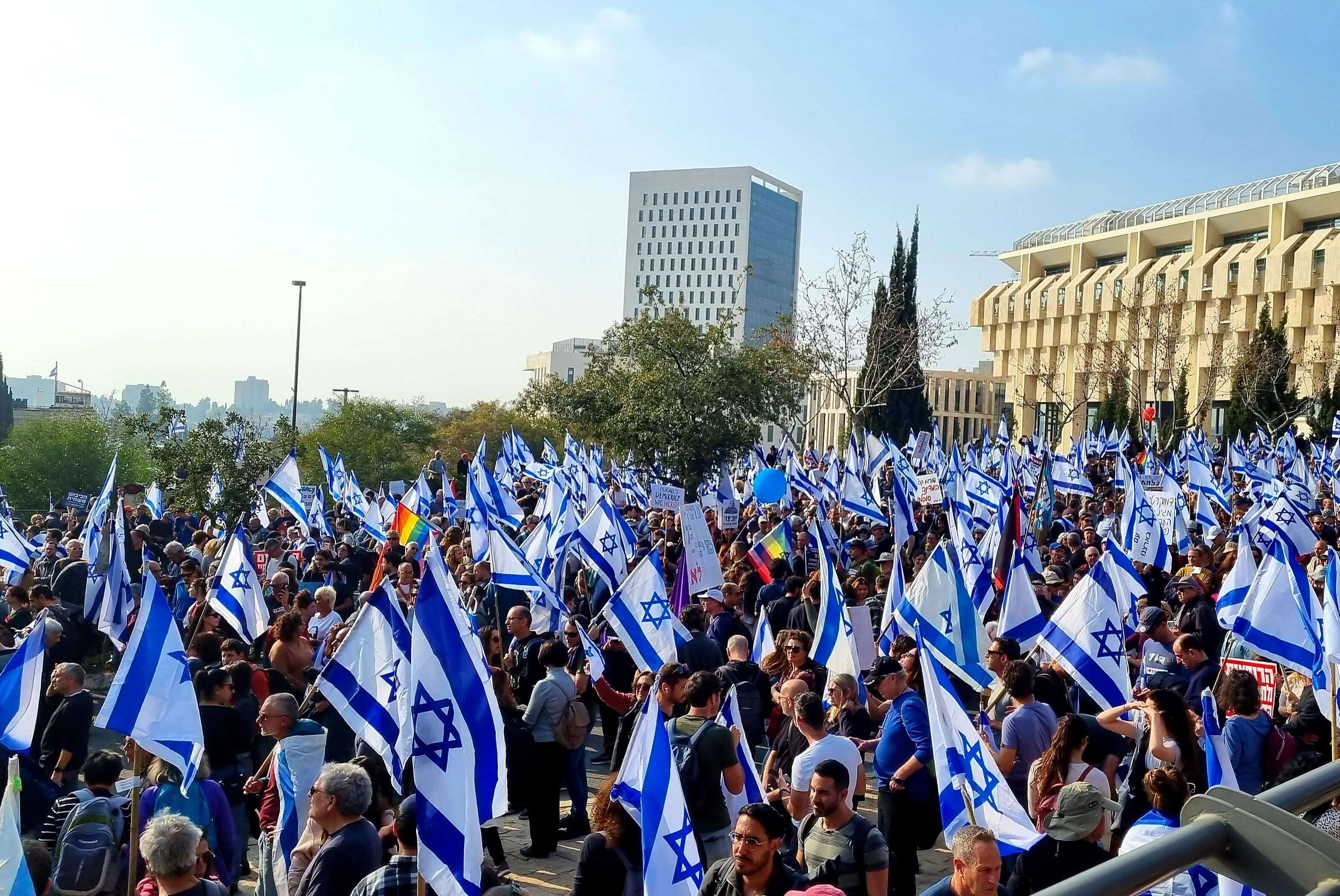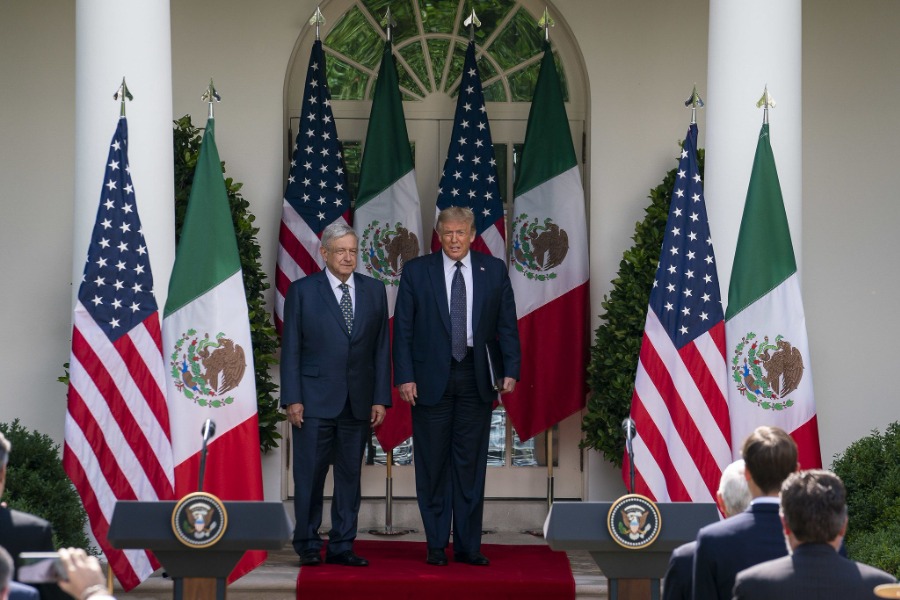Findings, Conclusions and Areas of Dispute Between the SSCI Report, the Minority and the CIA: Part 1
Published by The Lawfare Institute
in Cooperation With

Committee Conclusion #1: The CIA’s use of its enhanced interrogation techniques was not an effective means of acquiring intelligence of gaining cooperation from detainees.
The Study says, for example, “according to CIA records, seven of the 39 CIA detainees known to have been subjected to the CIA’s enhanced interrogation techniques produced no intelligence while in CIA custody.” There’s more: “[W]hile being subjected to the CIA’s enhanced interrogation techniques and afterwards, multiple detainees fabricated information, resulting in faulty intelligence.” “CIA officers,” moreover, “regularly called into question whether the CIA’s enhanced interrogation techniques were effective, assessing that the use of the techniques failed to elicit detainee cooperation or produce accurate intelligence.”Minority Views as to Conclusion #1
The Minority rejoins that, even if it is “true [that seven of the 39 CIA detainees known to have been subjected to the CIA’s enhanced interrogation techniques produced no intelligence while in CIA custody], that means that 82 percent of detainees subjected to enhanced interrogation techniques produced some intelligence while in CIA custody, which is better than the 57.5 percent effectiveness rate of detainees not subjected to enhanced interrogation techniques. Regardless, these statistics do not provide any real insight on the qualitative value of the intelligence information obtained.” With respect to possible fabrication and internal dissent, the Minority says, among other things: “Multiple detainees who were not subjected to enhanced interrogation techniques also provided fabricated information;” the argument is, in short, that the mere fact of fabrication tells us little about the techniques' propriety or effectiveness. And on that point, “while unidentified CIA officers may have questioned the effectiveness of enhanced interrogation techniques, there were at least three other CIA officials who held the opposite view---Directors Tenet, Goss, and Hayden.”CIA Comments
The agency addresses "effectiveness" throughout the rebuttal statement, contesting the claim that "the overall detention and interrogation program did not produce unique intelligence that led terrorist plots to be dirupted, terrorists to be captured, or lives to be saved." Moreover, "[t]he Study,” writes the CIA, “is wrong in asserting that CIA failed to inform policymakers and consumers of detainee-related intelligence about fabricated information. The Study generally appears to accept at face value detainees’ accounts that they lied under enhanced techniques and told the truth afterwards.” The Agency adds: “However, in some cases comparing information provided by a detainee to intelligence from other sources indicates that detainees told the truth after undergoing enhanced techniques and then, perhaps regretting what they had revealed, tried to rescind it later. All disseminated reports from detainees clearly specified that the source was a detainee and carried a warning notice indicating specific caveats regarding potential unreliability." Elsewhere, the Agency simply disputes the Committee's claim of brushing aside its employees' concerns about interrogation: "We do not agree that CIA 'marginalized or ignored' internal criticism of the program or otherwise sought to stifle internal debate relating to its operation or effectiveness.”Committee Conclusion #2: The CIA's justification for the use of its enhanced interrogation techniques rested on inaccurate claims of their effectiveness.
To justify the efficacy of the disputed techniques, the CIA consistently pointed to examples of specific terrorist plots thwarted and specific terrorist agents captured. It furthermore asserted that the techniques were necessary to acquire “otherwise unavailable” information. But the Study has examined the 20 most prominent examples cited by the agency---and found the CIA’s effectiveness representations to be inaccurate. According to the Study, in some cases no relationship existed between enhanced techinque-acquired intelligence and counterterrorism operations. In others, CIA claimed important intelligence was collected when (1) the information was merely corroborative of information that already existed and/or (2) the information was acquired from the detainees before enhanced techniques were used. Additionally, the CIA misrepresented the quality of intelligence acquired through the techniques to policymakers and the DOJ by omitting relevant information received from other sources. Finally, plots the CIA claimed to disrupt through the info were later judged to be infeasible or never operationalized.Minority Views as to Conclusion #2
The minority argues that even if the CIA did make some inaccurate effectiveness claims, many of the Study’s claims are also flawed. First, the Study relies on a confusing methodology that does not establish clear performance metrics. Instead, the Committee creates artificial categories meant to exclude certain intelligence from consideration---intelligence that, if taken into account, would establish the techniques' effectiveness. For example, the Committee excludes information acquired by enhanced techniques if it was similar to earlier information provided by the detainee. This appears aimed at undermining the value of information derived from Abu Zubaydah’s enhanced interrogation, because he had provided similar intelligence before undergoing such interrogation in August 2002. But that's where the Study errs: In fact, Zubaydah actually underwent enhanced interrogation even earlier, in April 2002. The Study also excludes corroborative information and employs absolute, undescriptive language when evaluating a program’s effectiveness. The Minority then goes on to analyze in depth the problems in the study’s analysis of 17 of the 20 cases---providing detailed responses for each.CIA Comments
The CIA opens by disclaiming any intention to justify enhanced interrogation as a practice. And while the CIA stands by the significance of the information acquired, it concedes that some of its representations did not adhere to agency standards for “precision of language,” which is “unacceptable.” Going down the list of 20 cases cited by the study, the CIA finds that in one example, it misrepresented the nature of intelligence multiple times; in four other instances, it used imprecise language or errors to describe intelligence, but in a way that did not affect the “thrust” of the claim; in still another four instances, there were isolated incidents of misrepresentation. Finally, in the other 11 instances, the CIA’s claims were largely accurate. The Study, adds the Agency, also fails to include instances of important intelligence acquired from detainees that the CIA cited more frequently and prominently than the cases highlighted by the Committee in the Study. According to the Agency, the information acquired through enhanced interrogation was valuable, in that it uncovered new information, made vague information actionable and provided strategic context. The CIA goes on: The Study, in its view, disregards the aggregate impact of the intelligence acquired through enhanced techniques and the fact that the CIA, despite efforts, had very little initial intelligence on Al Qaeda. Finally, the agency admits it was speculative to say the intelligence acquired through EITs was “otherwise unobtainable.”Committee Conclusion #3: The interrogations of CIA detainees were brutal and far worse than the CIA represented to policymakers and others.
From the very beginning, the CIA applied its enhanced interrogation techniques with significant repetition for days and weeks at a time. Multiple techniques were used in coordination with one another, with CIA interrogators frequently slamming detainees against a wall concurrently with sleep deprivation and nudity. Claims made by the CIA that agents initially used an “open, non-threatening approach,” appear to be unsupported. The study found that the techniques were physically harmful; after an episode of waterboarding, Abu Zubaydah became “completely unresponsive, with bubbles rising through his open, full mouth.” Sleep deprivation involved keeping detainees awake for 180 hours. At least five detainees experienced hallucinations while under this technique. In contrast to what the CIA told the Department of Justice, the CIA instructed agents that the interrogation of Abu Zubaydah would take “precedence” over his medical care, leading to the deterioration of a bullet wound he incurred during capture. The CIA employed other techniques: five detainees were subjected to “rectal rehydration” or rectal feeding with no cause for medical necessity; the CIA used ice water “baths;” several detainees were told they would not leave alive; CIA officers threatened harm to the families of detainees and made threats to sexually abuse the mother of one detainee.The Minority does not directly dispute Conclusion 3.
CIA Comments
The CIA acknowledges that in some instances, the CIA “erred in applying individual techniques” and that conditions at early detention locations fell below conditions established at later detention sites. However, the CIA contends that the Senate study fails to note the change in conditions over time. The CIA also found no evidence to support the charge that the facts relating to the conditions of confinement or the application of enhanced techniques were unknown or undisclosed to NSC and DOC officials or to oversight committees. The CIA briefed the HPSCI and SSCI on 10 occasions between fall 2002 and September 2003. The Agency also notes that most material claimed in Conclusion 3 was included in a Special Review conducted between 2004 and 2006 and disseminated to oversight committees. The CIA argues that episodes of hallucination during sleep deprivation were rare, and that on the occasions they occurred, medical staff intervened and short periods of sleep addressed the hallucinations. Medical personnel also administered rectal rehydration, which was only used in cases necessitated by medical conditions, the agency claims. The CIA used waterboarding on only three detainees and the last session occurred in March 2003. In 2003, the CIA, acknowledging that the use of the waterboard deviated from representations originally made to the OLC, sought to reaffirm the OLC guidance and were told that the deviations did “not contravene the principles” of the original 2002 OLC opinion. The Agency agrees that in two instances, the CIA used techniques that may have exacerbated injuries. The Agency also accepts that early confinement conditions were harsher than at later facilities and that they were deficient in significant respects for a few months prior to the death of Gul Rahman. The CIA cites SSCI staff member comments that later facilities were “markedly cleaner, healthier, and more humane.”Committee Conclusion #4: The conditions of confinement for CIA detainees were harsher than the CIA had represented to policymakers and others.
Conditions at CIA detention sites were really bad, especially so at the outset. Here a flavor: CIA detainees at the COBALT detention facility were kept in complete darkness and constantly shackled in isolated cells with loud noise or music and only a bucket to use for human waste. Lack of heat at the facility likely contributed to the death of a detainee.” At times the detainees at COBALT were walked around naked or were shackled with their hands above their heads for extended periods of time. Other times the detainees at COBALT were subjected to what was described as a “rough takedown,” in which approximately five CIA officers would scream at a detainee, drag him outside of his cell, cut his clothes off, and secure him with Mylar tape. The detainee would then be hooded and dragged up and down a long corridor while being slapped and punched.
Throughout the program, multiple detainees who were subjected to the CIA’s enhanced interrogation techniques and extended isolation exhibited psychological and behavioral issues, including hallucinations, paranoia, insomnia, and attempts at self-harm and self-mutilation. Multiple psychologists identified the lack of human contact experienced by detainees as a cause of psychiatric problems. The Minority Document Contains No Specific Comments as to Conclusion #4.CIA Comment
The agency faults the Committee for failing to distinguish between distinct chapters in the interrogation program’s development, while generally acknowledging that its first chapter was exceedingly grim---and that detainees initially faced harsh conditions. Although some high value detainees’ conditions of confinement were “closely scrutinized at all levels of management from the outset, the same cannot be said for the first few months of CIA’s handling of lower-profile detainees in [REDACTED]. It was during those months that grim conditions and inadequate monitoring of detainees were allowed to exist at [REDACTED] culminating in the death of Gul Rahman in November 2002, two months after the first detainee arrived there.” Moreover, the writes the Agency, “[d]uring this time there were several instances of unauthorized techniques, including mock executions and 'hard takedowns' at" this facility. The CIA’s response nevertheless stresses that---contrary to the impression left by the Study---”the confusion over responsibility, lack of guidance and excessively harsh conditions that detainees experienced in the early days of [REDACTED] did not characterize more than a few months of our RDI effort.” Thereafter, the CIA instituted policy-level changes that improved confinement conditions.





